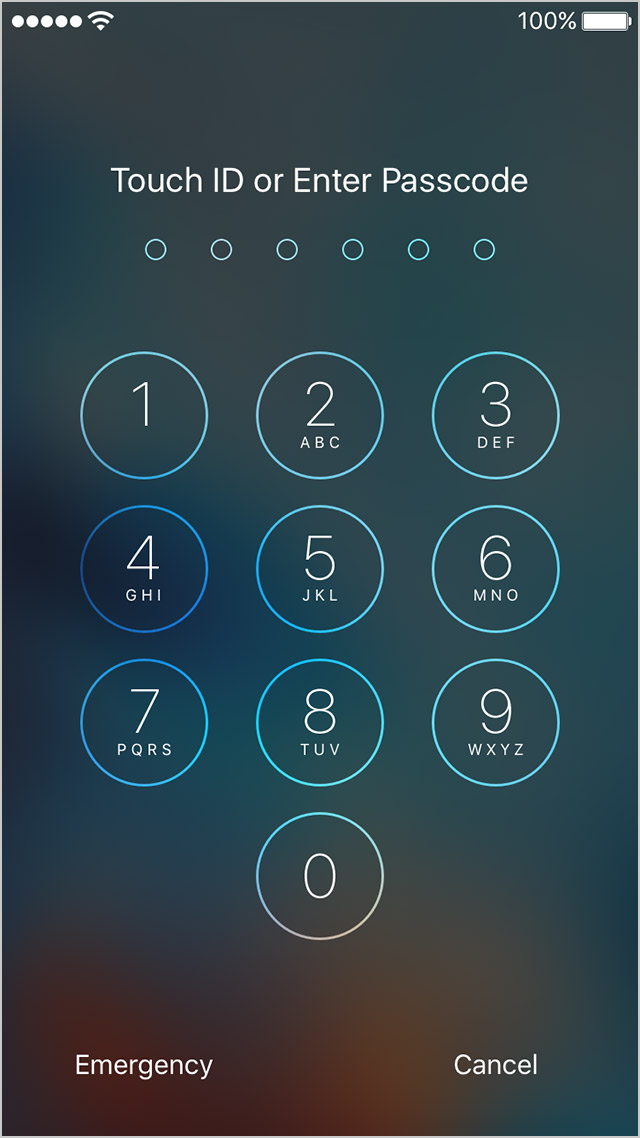
#LOCK SCREEN SNAPSHOT ANDROID#
From the deploy study of the system to the real product stack of Yahoo! JAPAN Android application and evaluation with 382,518 users for 28 days, we confirmed several significant results, including the maximum 60.7% increase in the users' click rate, 10 times more gain compared to the previous system, significantly better gain in the personalized notification content, and unexpectedly better performance in a situation with exceptional breaking news notifications. In this paper, we construct a new interruptibility estimation and adaptive notification scheduling with redesigned technical components. However, it is still not clear if such adaptive notifications are effective in a large-scale product deployment with real-world situations and configurations, such as users' context changes, personalized content in notifications, and sudden external factors that users commonly experience (such as breaking news). Adaptive mobile notification scheduling, which detects opportune timings based on mobile sensing and machine learning, has been proposed as a way of alleviating this problem. The limited attentional resource of users is a bottleneck to delivery of push notifications in today's mobile and ubiquitous computing environments. Our findings not only demonstrate the potential of thermal imaging and eye tracking for unobtrusive classification of different attention types but also pave the way for novel applications for attentive user interfaces and attention-aware computing. Using a Logistic Regression on features extracted from both sensing technologies, we can classify the four attention types with high AUC scores up to 75.7% for the user independent-condition independent, 87% for the user-independent-condition dependent, and 77.4% for the user-dependent prediction. We collected a data set in which we stimulate these four attention types in a user study (N = 22) using combinations of audio and visual stimuli while measuring users' facial temperature and eye movement. We propose a novel method that combines thermal imaging and eye tracking to unobtrusively classify four types of attention: sustained, alternating, selective, and divided.
#LOCK SCREEN SNAPSHOT HOW TO#
I hope that you would’ve found this article on how to take the screenshot of Windows 10 login screen helpful? Don’t forget to share your views in comments.Despite the importance of attention in user performance, current methods for attention classification do not allow to discriminate between different attention types. This will show you different options like screenshot, screen recording, broadcast, etc. All you need to do is open the app whose screenshot you wish to take and press Windows + G button. The third and newest option to capture a screenshot (and record screen) in Windows 10 is by using Xbox GameBar tool. After that, open Paint or Paint 3D app and paste the screenshot using Crtl+V.ģ. All you need to do is hit the PrtScr button when you need to capture a screen. Another simpler and older method to take screenshots in Windows 10 is by using PrtScr button.

Before saving the screenshot at the desired place, you can also annotate, highlight, etc.Ģ. Now, you can choose the delay option to go with different modes of snipping. With different udpates, Microsoft has improved the Snipping Tool to a great extent. You can simply type Snipping Tool in the search bar and click on the application.

The best way to take screenshots in Windows 10 is using the Snipping Tool utility. There are many ways to take a screenshot in Windows 10 after logging in, take a look at them:ġ. While this might be a child’s play for most of our readers, it’s still one of the most searched topics on the internet.
#LOCK SCREEN SNAPSHOT PRO#
Also Read: What Is Windows 10 Pro For Workstations? How Is This New Version Different & Better? Take screenshot in Windows 10 after logging in


 0 kommentar(er)
0 kommentar(er)
